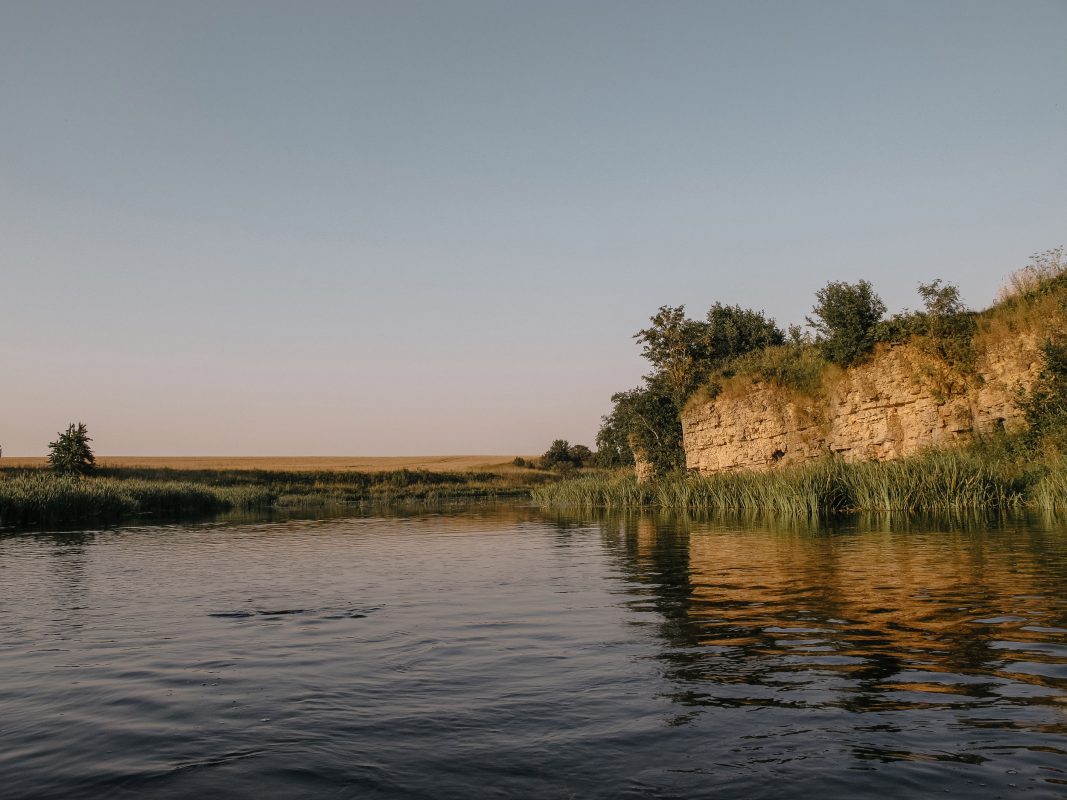Skaliai Hill

34

0

0
0 out of 5
(0 reviews)
The dolomite outcrop of Skaliai Hill, located on the right bank of the Mūša River, is a recognized natural monument known for its geological diversity and unique landscape. This natural rock formation is characterized by a vertical slope that descends into the Mūša River, transitioning into a valley terrace to the east, and forming an impressive 200-meter-long and 7-meter-high slope covered with greenery and shrubs to the west.
Info
-

Nature
-
The dolomite outcrop of Skaliai Hill, located on the right bank of the Mūša River, is a recognized natural monument known for its geological diversity and unique landscape. This natural rock formation is characterized by a vertical slope that descends into the Mūša River, transitioning into a valley terrace to the east, and forming an impressive 200-meter-long and 7-meter-high slope covered with greenery and shrubs to the west. The Skaliai Hill outcrop represents a synthesis of history and nature, with the western escarpment
showcasing geological relics from the Pamūšys suite clay and dolomite, and the eastern part revealing dolomite from the Stipinai suite. Adding to the uniqueness of the outcrop are the Devonian system rocks at the top and Quaternary deposits up to one meter thick, with water seeping at the base, keeping the grass moist. The dolomite, a geological monument, was formed approximately 350 million years ago on the seabed due to the precipitation of carbonate sediments, later turning yellowish-gray due to the oxidation process.
Found a mistake?
Report

 Entertainment
Entertainment
 Food establishments
Food establishments





























 56.065941, 24.113458
56.065941, 24.113458
 Get directions
Get directions









